432 EVO MASTER MUSIC SERVER REVIEW
The 432 EVO Master Music Server is a £14 000 USB-only server with its own dedicated power supplies. Alan McIntosh takes a listen.

The 432 Master has two enclosures. One for the main server and one for the power supplies.
Digital streaming is becoming a very congested market, between integrated streamers with DACs, streamers without DAC’s, integrated amps with streamers built-in, and all combinations in between so it’s a tough market for listeners when trying to choose where to invest, and manufacturers to clearly differentiate their offerings. Now and then, however, something a bit different comes along and my ears prick up. I’ve had streamers based on Raspberry Pi, standalone, ones integrated into SACD players, integrated into amps (in the latter 2 cases I still do) and currently, I have a standalone streaming transport, but what I’ve never had is a ripper, ROON Core and streamer all in one and so when I was asked to take a look at the 432 EVO I didn’t need to think twice. Then when I started to read about the 432 “tuning” concept I became even more intrigued, this wasn’t going to be the usual fare it seems.
CONSTRUCTION
The 432 EVO Master Music Server is the top of their range offering from 432 EVO that come as a two-box design. One box is frankly packed to the rafters with a TEAC ripper drive, Roon core, internal 4TB SSD storage, dedicated master clock, isolated USB, and bit-perfect capable streamer. It’s supplied with a snazzy wooden USB with the instruction manual pre-loaded. The main streaming box bears the rather funky 432 icon, a slot loader, and simple power button and white power LED. Around the back the first thing you notice apart from 3 power supply inputs (yes you read me right – 3), and what looks like a standard PC back-end with RJ45 network connector, USB slot (for DAC connection), and other legacy connectors. That’s because like almost all streamers and music servers it essentially is a computer – it’s just that most manufacturers try to pretty things up. We spoke to EVO 432 about this and they made the following comment “The 432 EVO Master server back panel includes an interchangeable ATX back panel plate as 432 EVO wants to continuously research improvements in motherboard designs and test them for sound quality. Thanks to not having a custom milled back panel compatible with one specific motherboard, 432 EVO can implement newer motherboards and offer those as an upgrade to existing customers. This is the “EVO” part in 432 EVO: upgradability. Now the customer can just have their motherboard upgraded to the latest specification.”
Passive heat sink fins flank each side with top vents as well for heat dissipation as this, of course, is a fan-less design – another welcome noise and vibration reduction feature.
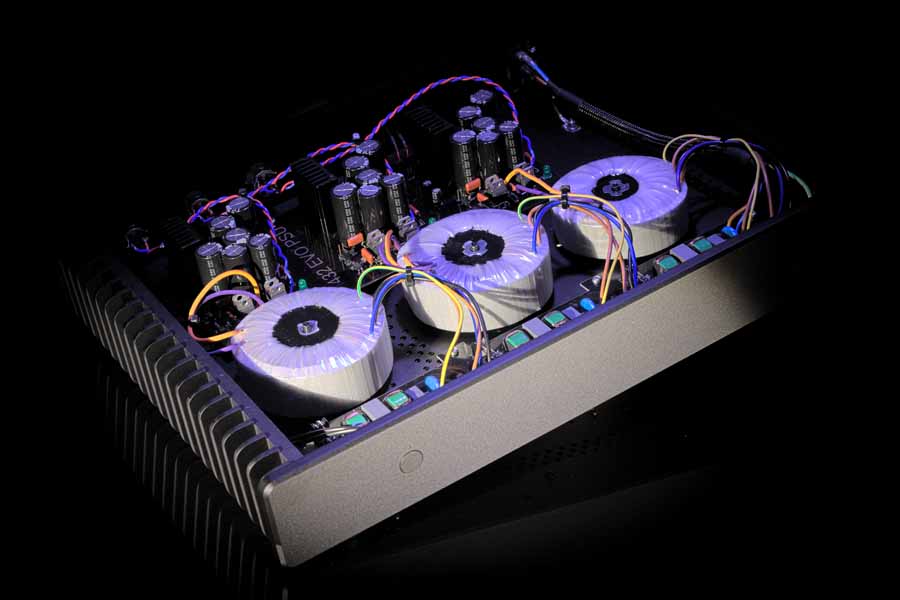
Inside the 432 EVO Master’s power supply casework
Box two is that triple power supply and 432 EVO have really here and I think truly it differentiates for those listeners who appreciate dedicated power implementation. Along with separated transformers you get 3 separate Sbooster power cables to feed key components in the main box meaning you get truly discrete power for the motherboard, master clock, and USB output to the DAC – I believe this can only be a good thing.
My demo unit was supplied without a power cable or USB cable to allow the user to decide their own approach, so I am using my Titan Audio Nyx cable and a pretty budget A/B USB cable. SPDIF/Coaxial is not an option and nor is AES which is a shame as it does limit choice. However, in this regard 432 EVO has this to say: “The 432 EVO Master was designed to be the best possible USB transport. As the clock is custom-tuned for the USB output board, there is no space left in the chassis to include more digital output boards”. For users who want the added flexibility more outputs would give, 432 EVO do have their Essence model, which, however, has 24/192 DAC board built-in, but also has a SPDIF optical and coaxial output, and also supports USB and HDMI DAC’s.
The digital audio processing end of things is built on a proprietary Linux OS running a modified Vortexbox web interface which allows configuration via a single weblink address. The streaming and music end of things is handled in one of two ways. You can also manage it via Logitech control apps such as iPeng or Squeezebox app variants, but 432 EVO recommend ROON to get the most out of your metadata and user experience and so you will need a subscription, but for anyone already familiar, you’ll immediately see the value.

Around the back of the 432 EVO Master showing PSU connections and the USB connection.
I mentioned something that really piqued my interest was 432 EVO’s unique tuning capability via its special 432 Hz plugin (accessed via the config page). 432 it turns out is a bit of a special number in maths and among many theorists in terms of healing frequencies being at 432 Hz and more importantly, recognised by many musicians as a preferred tuning frequency to the universal standard tuning of A4 at 440 Hz – lost yet? The general theory goes that some musicians feel 432 Hz is a less aggressive, more laid back, organic frequency – but is it “better” – of course, that is going to be down to the listener’s ears. Go ahead and google 432 Hz and try not to disappear into a rabbit hole! It appears over many years that global orchestras tuned up at different frequencies until a standardised A4/ 440 Hz approach came in. Some feel 440 Hz can be a bit harsh or sharp so have tried to champion a return to 432 instead. I’m neither mathematician nor a musician so cannot refute or support the theories – what I am interested in however is – how does it sound?
SOUND QUALITY
This is where things get interesting. As always, I start with playing a stack of well-known works via Roon and Qobuz with all tuning tweaks turned off just to get used to the usual sound. A joy to use via Roon, it sounds very good and I’m enjoying myself incredibly. Ripping some favourites is easy and that slot loader is very satisfyingly smooth to use – pop in a CD and in 12 minutes (I timed it) it spits it back out and lo-and-behold the album appears in your library – all artwork and metadata intact thanks to the particular ripping software employed – nothing else required ! You can even use the integrated Ripper Log to confirm metadata. That I do like – a lot!

Another look at the PSU casing and innards.
Sound playback is of course tied to the DAC you feed it through, in this case, the very capable integrated one in the Hegel 590 amplifier, then a Hegel HD30 into a Hegel 190 just for interest and the overall feeling is sound quality is not dissimilar to my reference Auralic Aries G1 Streaming Transport. Everything is big, textured and clean, full delivery across the spectrum, solid bass, and lovely imaging and resolution. Certainly a solid performer in the sonic sense. Then I started to fiddle with the tuning setting and that’s where things got, well – unexpected!
David who set the 432 EVO Master up for me gave me a quick tour of the plugin configurator accessed via a link on the iPad. You can tweak many elements but where things really got interesting was when I started to try different tuning settings.
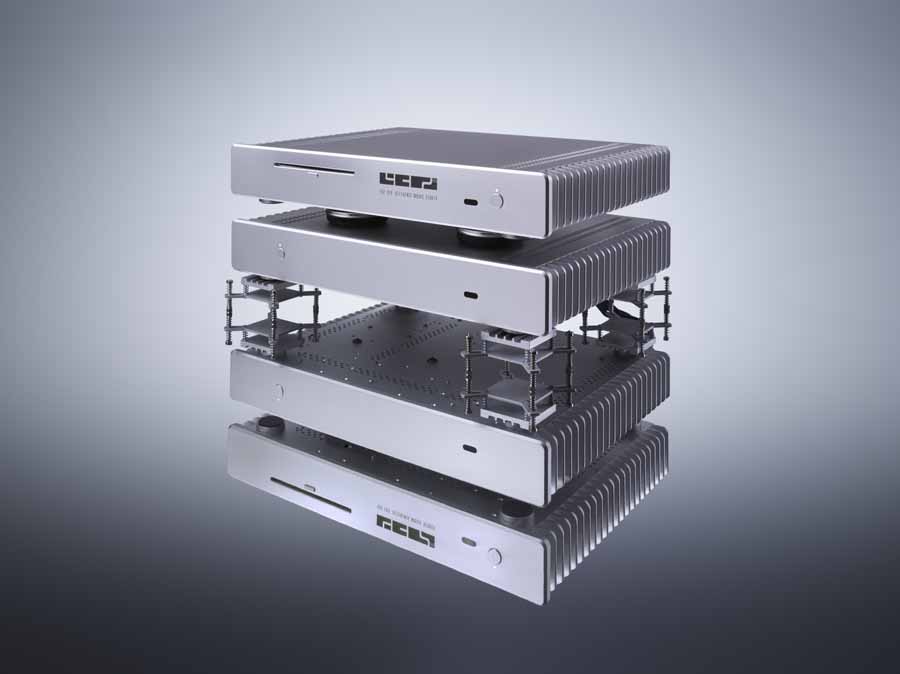
The 432 EVO Master is also available in silver
First up it’s Yello’s new “Point” album ripped to the 432 EVO Master. I’m thoroughly enjoying its solid, tightly resolved and bouncy electronic loveliness which is presented wonderfully and so after a few tracks I take a quick pop into the config page and I changed the target frequency from the standard 440 Hz to that esoteric 432 Hz and hit play to find now I’m hearing “Waba Duba” but a slightly laid back, less frenetic version. For anyone like me (and our esteemed leader Stuart at Pig HQ) who has been a vinyl DJ and used to using the adjustment on the right of a 1210, you will know it’s not called a speed or tempo control and instead it’s called a pitch control. Yes – it slows and speeds the BPM, but it also takes the pitch tuning up or down. This 432 plugin somehow manages to slightly reduce tuning pitch so everything is a bit more relaxed, less energetic but does not slow the tempo any.
The effect then, is that it’s like the players and instruments have all taken a bit of a chill pill but still delivering what’s expected overall. Hopping back to 440 Hz and the energy and extra drive comes back. I bang on Simple Minds “Someone, Somewhere (In Summertime)” a key reference piece for me and listen loudly at 440 Hz then flip to 432 Hz. A brief gap and its back – again with that down tuning and relaxation of delivery – I did feel initially at times between quick A/B testing on music like rock or electronica that there was a drop in energy.

432 EVO Master’s two cases.
But giving it time changed this and, in fact, the more I listen the more organic and akin to analogue I think it sounds – more relaxing, slightly less bright, and potentially less digital – but possibly on some works lacking that final edge and spark. It’s here I know every Audiophile has their teeth on edge… fiddling with reproduction indeed! And I probably fall in that camp. But again, this is a unique approach and it does bring something new to the party. Does it sound better? The jury’s still out but certainly different and that decision is going to come down to your personal preference. On classical pieces, it’s certainly deeply engaging and draws you in. Mozart’s “String Quartet No16 in E Flat Major” by Quatuor Van Kuijk (Qobuz 24/96) feels less forced forward by the technology, more enveloping, more human – less hurried in a way – perhaps confirming the 432 Hz preference of classical music. Over time at 432 Hz it’s easy just to sit back for a long time and enjoy, perhaps it’s less fatiguing and does seem to overcome that digital edge that often lurks.
CONCLUSION
There is a lot to this system. Not only are you getting a ripper, storage, music server, separate master clock and Roon Core all in one solution, but you’re also getting a very impressive triple dedicated power solution and a unique level of configuration – including some very intriguing tuning options. The sound overall is beholden ultimately to your DAC, but implementation matters, and dedicated power, re-clocking, fanless designs and that tuning option make a big difference in my opinion – none more so that the tuning in fact. The overall sound is great, ripping is a bonus and having a Roon Core is gold for many users wanting to take advantage of what Roon has to offer. I’d have liked other connection options such as SPDIF/Coax or AES/EBU but that’s a fairly minor consideration for most. The 432 EVO Master Music Server just works – and works well – and that matters in digital audio. To use it is a joy – no glitches or stutters here. Adding that deep level of listener configuration and you get a hard to ignore solution here and one that very well worth exploring.
Is 432 Hz better? Honestly – while it’s certainly different I am not sure I will ever decide but you should find out for yourself and I suspect it will be partly about the genres you listen to.
AT A GLANCE
Build Quality:
Very good overall. Superb power supply implementation and all in one solution. Management console and Roon control excellent and getting a human person provided to set it up and tour you are very nice touches. Smooth action slot loader. Flawless running in all aspects through the review period. Aesthetics lessened by the basic PC backplate – at this price point, I think that is worth a rethink, though we take onboard 432’s comments about upgradeability etc.
Sound Quality:
While reliant to an extend on your in-situ DAC, the overall implementation and in particular the level of sound configuration means you get a very impressive and resolving sound and uniquely tweakable solution indeed. Getting this level of power separation and re-clocker is a real bonus sonically. One not to be missed for demo!
Value For Money:
£14k is not budget by any means and it’s a busy market however very few if any offer this level of integration, power supply implementation, deep configuration, and none that proprietary tuning option – so a real USP there. Competing with offerings from Nova Fidelity and Innuos. The human setup and support is a major value add! It literally could be the last digital solution you need.
We Loved:
Flawless functionality with very strong sonic delivery
Dedicated Trilinear PSU, integration of ripper, Roon Core, and streamer, config and tuning options as well as in person setup and support. (Note: in-person set up is for the Master model only)
We didn’t Love So Much:
Limited digital outputs, I’d like to see more design thought on chassis and back panel at this price.
Config interface could benefit from some cosmetic improvements.
Price:
RRP £14,000 for both Ripper/Server/Core and Dedicated Power Supply Unit. Includes setup and 2 year support (the 1st year direct from Wholenote Distribution in the UK)
Elevator Pitch Review:
A strong sonic performer that is tweakable as is and upgradeable as new developments and improvements become available. Price includes setup and support. This may be the last digital front-end you need purchase.

Alan McIntosh
Supplied by Whole Note Distribution
Review Equipment: Eggleston Works Nico Evolution speakers, Hegel 590 Integrated Amplifier (using the internal DAC), Hegel HD30 DAC, Auralic Aries G1, WyWires Blue speaker cables, Titan Audio power throughout. iPad mini for Roon and configuration.
Specifications:
- Bit perfect CD Ripper and metadata retrieval
- Max Resolution (native) 32bit/768K / DSD 256, though it will up-sample above that.
- 4TB Internal SSD Storage
- Dedicated Master Clock/reclocker
- 10 Up-sampling SQI filters available
- Logitech or Roon management
- Tri Linear power supply with Sbooster cabling
- Base/Target Frequency Tuning plus Vortexbox configs
- USB digital output
- RJ45 Network input
- HDMI port supporting HDMI DAC and surround processors /receivers
- Dimension (both) – 33 x 44 x 70cm (DxWxH)





















































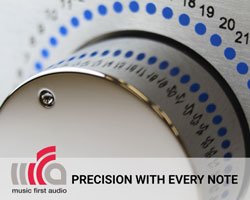



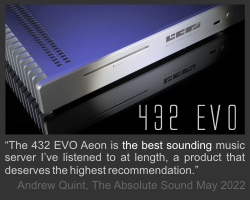












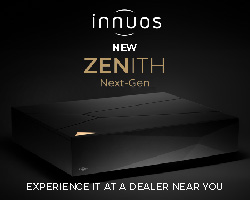



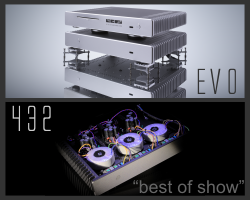


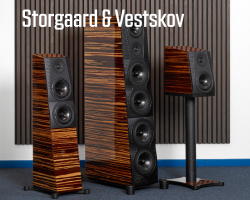






















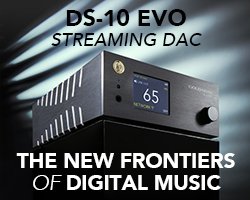






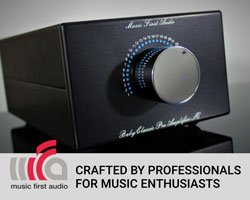


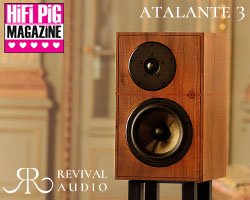
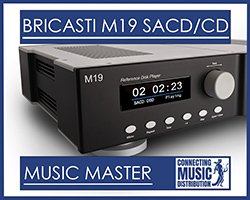
























































You must be logged in to leave a reply.